Due to release date delays in 2020 there happen to be a few examples of directors having two films released in 2021. We examine the 10 best examples of when this has happened in the past.
Everybody likes buy one get one free promotions, right? I mean, even if you don’t REALLY need a second, you’ll take it if it’s free. Unfortunately there aren’t really ‘buy one get one free’ promotions in film. The closest we may get is having two films released by your favorite director, or starring your favorite actor within a short period of time. I know you still have to pay to see two different films, but it feels like you’re getting something special.
2021 was a year where we saw a lot of this. Because of the impact of COVID, many studios with releases in 2020 decided to relay those releases into 2021. This resulted in a glutton of new films being released in 2021, and continuing into 2022. Many of these films starred the same actors, and in some cases, many were directed by the same directors as releases that came out not so long ago. Consider Ridley Scott’s The Last Duel, and The House of Gucci. Or Antoine Fuqua’s Infinite and The Guilty. Doug Liman saw the release of both Chaos Walking and Locked Down, and Reinaldo Marcus Green saw the release of his films Joe Bell and King Richard.
But having a director release two films within the same calendar year is not unusual, especially in pre-covid times. There are many examples of very busy directors having achieved this fete. Even more impressive is the fact that many of these double doses of directorial prowess have resulted in some really tremendous films. I feel like it is very much an example of a director hitting their stride. How often do we get on a groove with our own work and don’t want to stop?
Below I have ranked the 10 best examples of when a director has released two films in the same calendar year (Jan 1st to Dec 31st). Higher rankings reflect better overall quality of the films and a lasting impact not only on the film industry itself, but pop culture and history as well.
- Ridley Scott
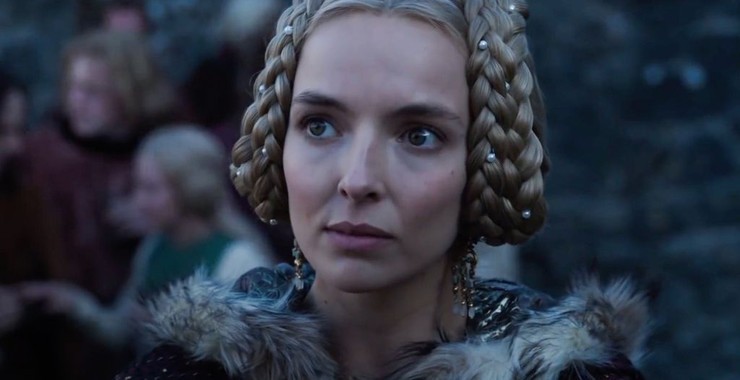
Year: 2021
Films: The Last Duel, The House of Gucci
This is the second time in Ridley Scott’s career that he has released two films during the same calendar year. The first time this happened was in 2001 when he released Black Hawk Down and Hannibal. (If the challenge was to find two films released by a director within a year, Scott’s combination of Gladiator and Black Hawk Down would have made this list instead). I chose to select his most recent “double feature” as I believe The Last Duel will become a better appreciated film, House of Gucci is as fun as any film, and both have the possibility of achieving Oscar nominations and even wins.
- Steven Spielberg
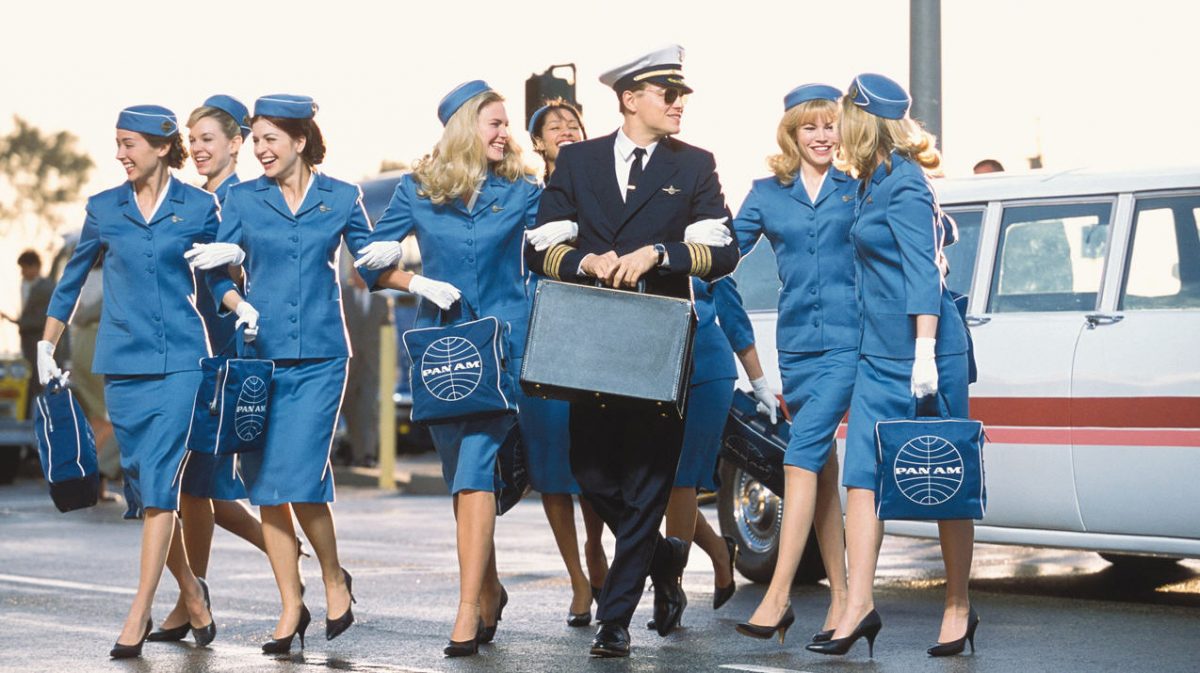
Year: 2001
Films: Catch Me if You Can, Minority Report
Spielberg’s first entry onto this list is a pair of crowd-pleasing films that find themselves halfway between his more dramatic output and his blockbusters. Catch Me if You Can is one of those true-life stories that comes to life on the big screen thanks to impeccable direction and acting. Minority Report harkens back to Spielberg’s entertaining sci-fi films of his early career, but with a darker and more thought-provoking theme. Both films are certified classics, and highlights of Spielberg’s mid-career work.
- Joseph Mankiewicz
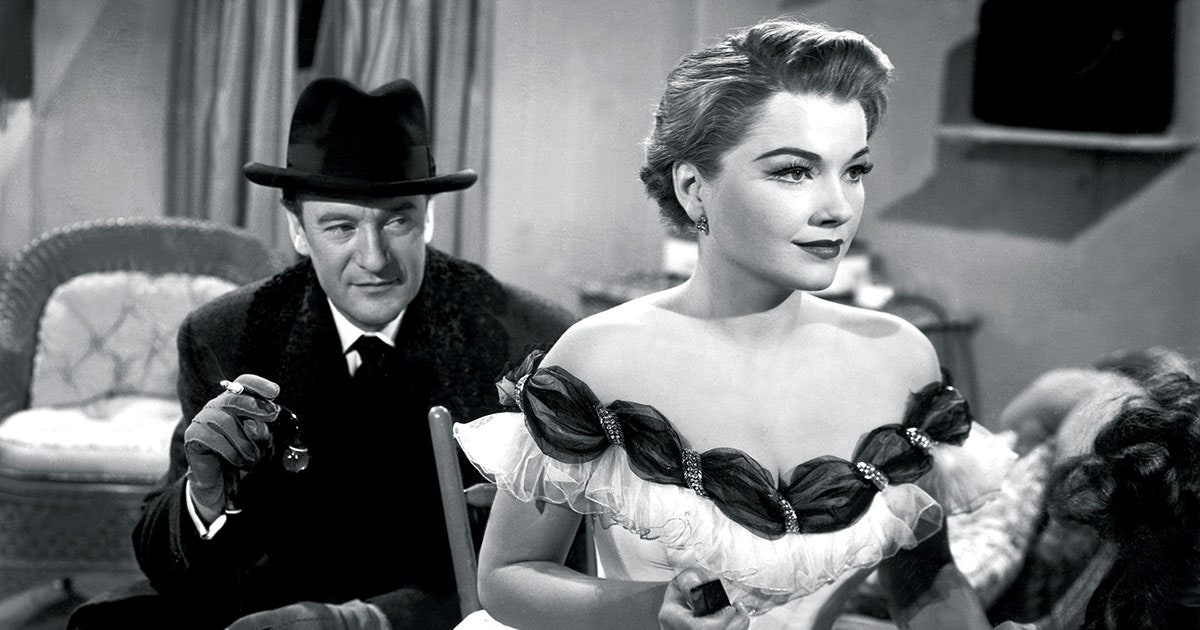
Year: 1950
Films: All About Eve, No Way Out
All About Eve is one of those quintessential films which has come to define an era. In this case it defines one of the most influential eras in film history, Hollywood’s Golden Age. Full of energy and witty dialogue, it takes Mankiewicz’ greatest talent (writing) and puts it on full display. It also features Bette Davis and a young Marilyn Monroe, which further improves the film’s legacy. No Way Out may not exude the qualities of classic Hollywood, but instead does something even more profound. It’s a socially-conscious film that touches on the subject of race, but in a way that is more thrilling than most. That is nearly unheard of in 1950, and makes these two films an incredible one-two punch.
- Akira Kurosawa
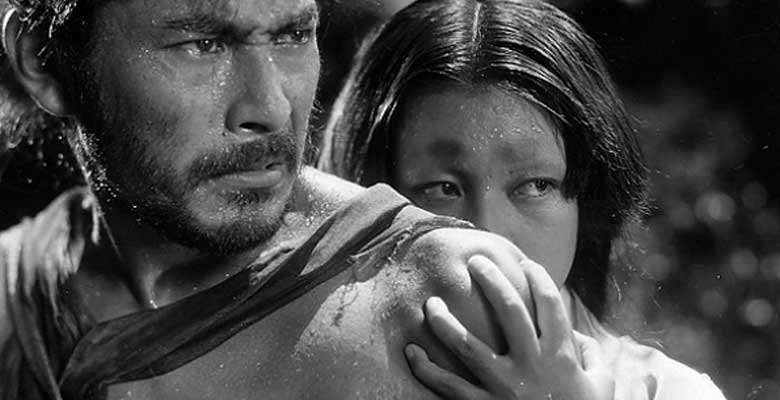
Year: 1950
Films: Rashomon, Scandal
Rashomon is like the forebearer of The Last Duel, illustrating a unique and inventive narrative style that really comes alive thanks to the film’s excellent direction. But just as important as being a well-crafted noir, the film has a lot to say about the experience of watching films as well. In this way, it was very much ahead of its time. Scandal isn’t as intelligent a film, but it still has an important perspective on a topic that remains fitting to this day. Like all of Kirosawa’s films it is expertly crafted, but this one is more lighthearted and fun than most.
- Steven Soderberg
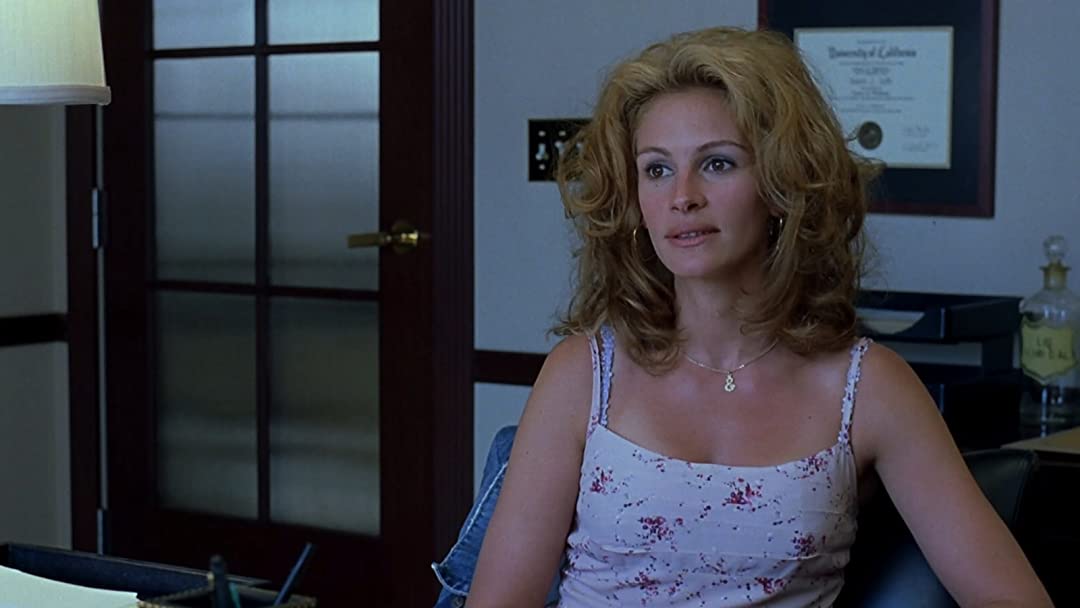
Year: 2000
Films: Erin Brokovich, Traffic
Soderberg had a hell of a year in 2000, and he followed it up with his biggest commercial hit a year later. In 2000, Soderberg had not one film nominated for the Best Picture Oscar, but TWO! Both films achieved nominations in acting (including one win), screenplay, and direction (Soderberg won for Traffic). But in addition to each film’s significant critical success, they were both very successful at the box office. This is amazing considering how different the two films were in terms of theme, content, and approach. Today, both are still very much appreciated, but above all they prove the talents of Soderberg as a filmmaker regardless of the type of project he is working on.
- Ingmar Bergman
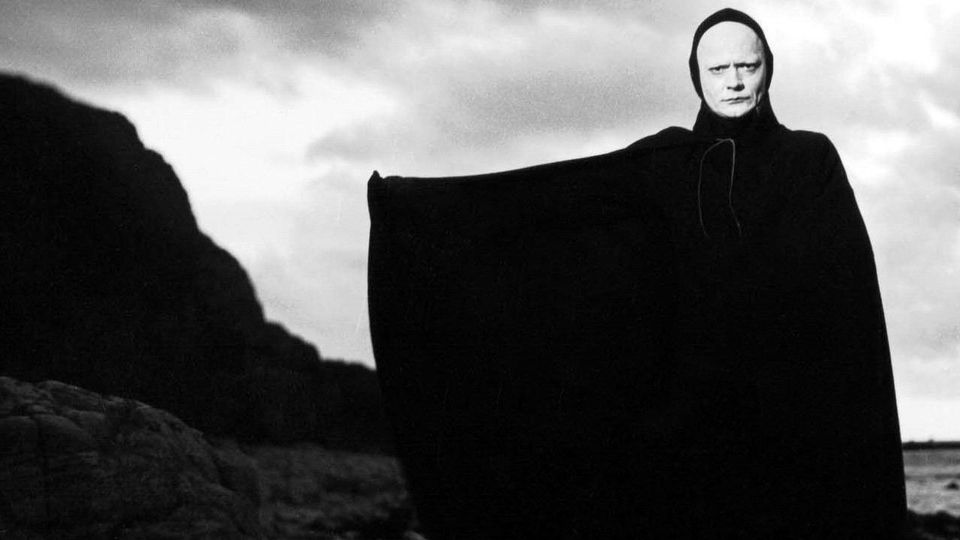
Year: 1957
Films: The Seventh Seal, Wild Strawberries
The Seventh Seal is the film that put Ingmar Bergman on the map as a unique and devoted filmmaker. The film’s strong, identifiable themes and striking visuals made it stand apart as a unique and compelling cinematic journey. Wild Strawberries doesn’t stand out as much upon first glimpse, but its depth and the attention to detail in terms of developing characters as it goes along is an example of magnificent talent. Today both films stand as important components in the filmography of one of the most iconic film directors of all time.
- Mel Brooks
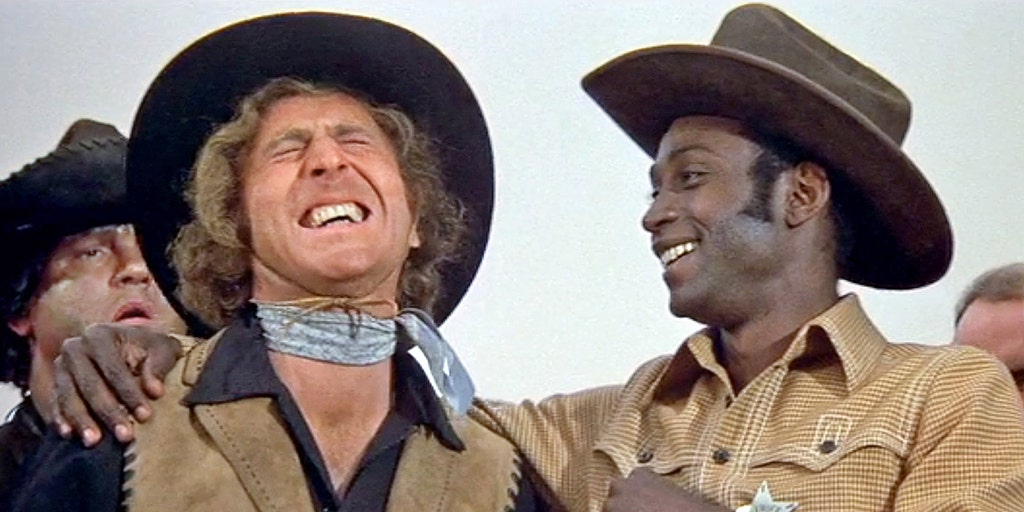
Year: 1974
Films: Blazing Saddles, Young Frankenstein
It is amazing to me that not only did two of the most incredible comedy films ever made come from the same comedic mind, but that they came out in the same year! Young Frankenstein might seem like a simple spoof, but the wit, performances, and timing make it much more impactful. Its a film that is a loving homage to horror films of the past, but it has moments and ideas which are so funny and iconic that they will be embedded into pop culture forever. Blazing Saddles takes a similar approach to riffing off of a popular film genre, but it uses comedy that is a bit darker, and more serious. What results is a film that has a lot of truth in its absurdities, and as a result it also stands out when it could have easily been brushed aside as a crude attempt to take advantage of a genre that was popular at the time.
- Francis Ford Coppola
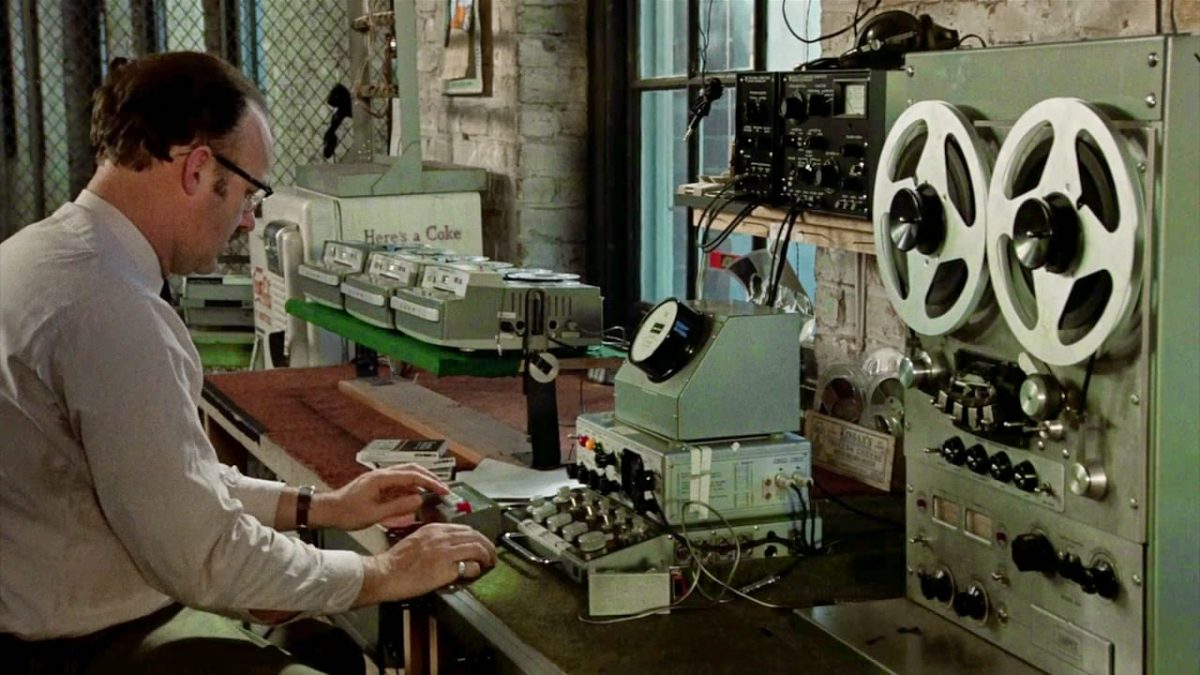
Year: 1974
Films: The Conversation, The Godfather: Part II
I don’t think I need to write about the accolades of The Godfather: Part II, they kind of speak for themselves; 11 Oscar nominations, 7 wins including Best Picture. This is a film that had to follow one of the most iconic films ever made, and it was better. But to precede this masterpiece with another masterpiece, Cappola catapulted himself into the upper echelon of film directors. The Conversation is like a 70’s version of Alfred Hitchcock, but previewing the kind of paranoia and technology-reliance we would see in post-9/11 cinema. It was a sophisticated thriller which would be mimicked less successfully throughout the rest of the decade.
- Alfred Hitchcock
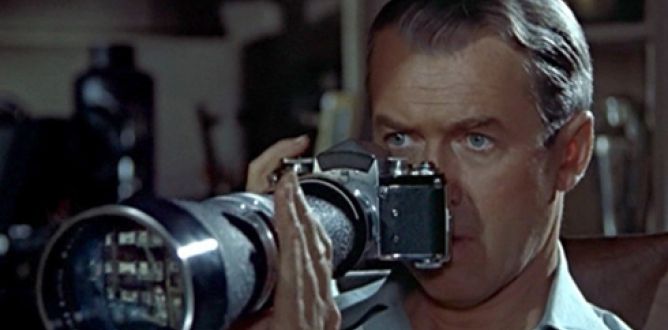
Year: 1954
Films: Dial M for Murder, Rear Window
Speaking of Hitchcock, here he is! And his two-film contribution to this list perfectly represents him as the iconic mastermind behind some of the greatest thrillers ever made. Dial M for Murder is an incredible mystery/stage thriller that we still enjoy watching to this day. It updated a somewhat dated approach to filmmaking for the 50’s with the flair that only Hitchcock can bring. He followed that up with what is considered to be one of the greatest films ever made. His penchant for creating juicy suspense makes the film endlessly rewatchable, and the incredible performances and legendary screenplay make it unforgettable.
- Steven Spielberg
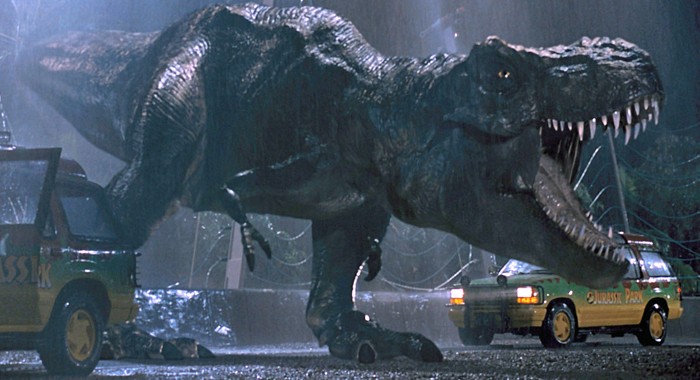
Year: 1993
Films: Schindler’s List, Jurassic Park
My vote for the greatest year ever by a director is Steven Spielberg’s 1993. By this point in time Spielberg had already changed the face of cinema forever with the creation of the blockbuster, but his attempts to create more serious drama saw mixed results. All that changed in 1994 with the release of Schindler’s List, his best, and most personal film. He took an extremely difficult topic and made a film that really struck an emotional core and will always be remembered. The film would be nominated for 12 Oscars, winning 7 of them, including Best Picture. The film also was a huge hit in theaters. If that was all that Spielberg had done in this year, it would have been the highlight of the director’s career by itself. But not only did Spielberg release his most critically acclaimed film in 1993, he released one of the most important films of the 1990’s. Jurassic Park was not only an incredibly popular and commercially successful film, but it demonstrated new technologies such as CGI and animatronics that would come to define the coming era of filmmaking. Spielberg was on the cutting edge and not only did he show successful implementation of these tools into filmmaking, it was nearly seamless. Generally when new technology is brought into films it seems like it takes a little while for filmmakers to figure out how to best utilize them. But Spielberg hit it out of the park on his very first attempt. Certainly there were films that utilized both of these new innovations prior to Jurassic Park, but those films were nowhere near as successful or popular in the mainstream and pop culture.

